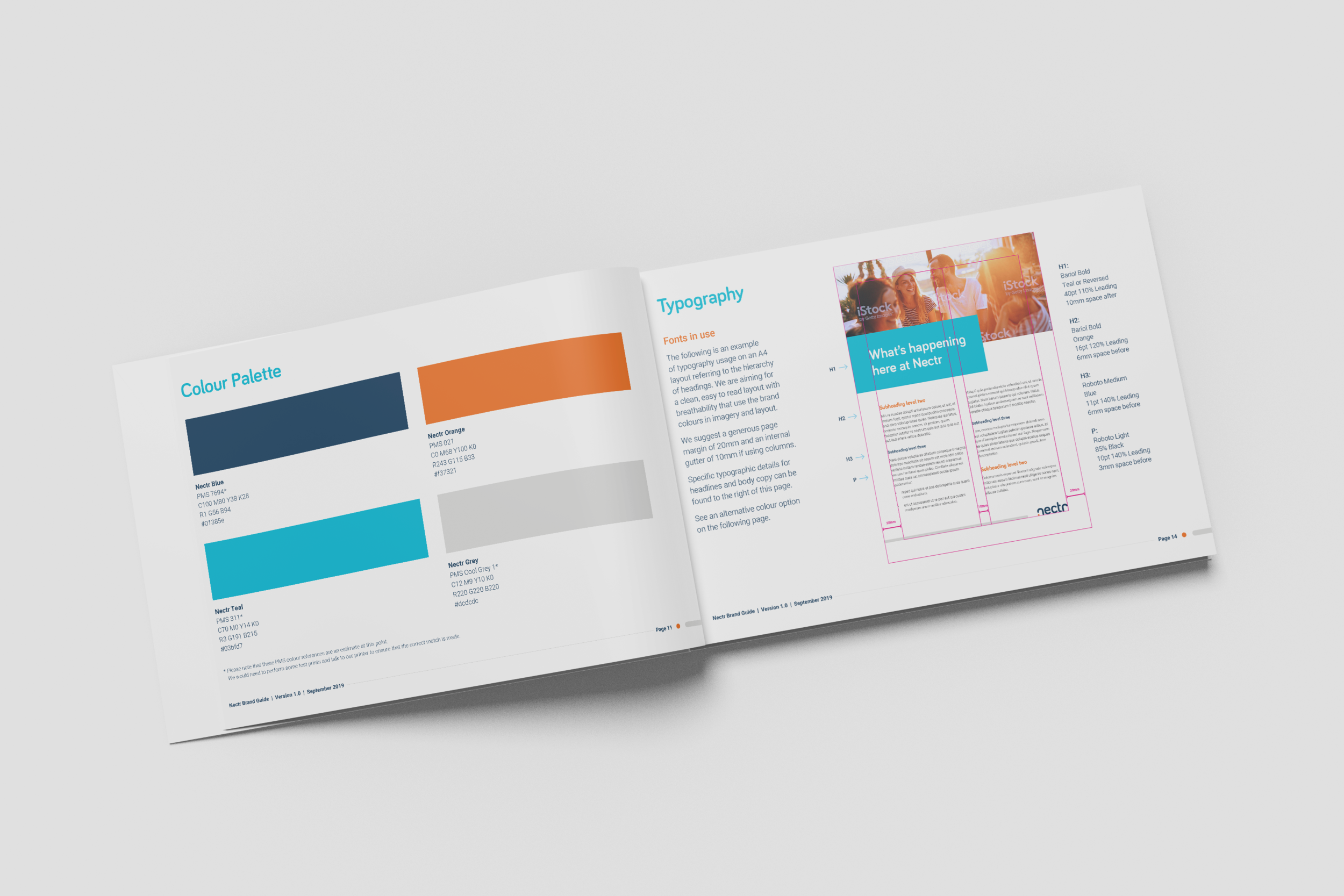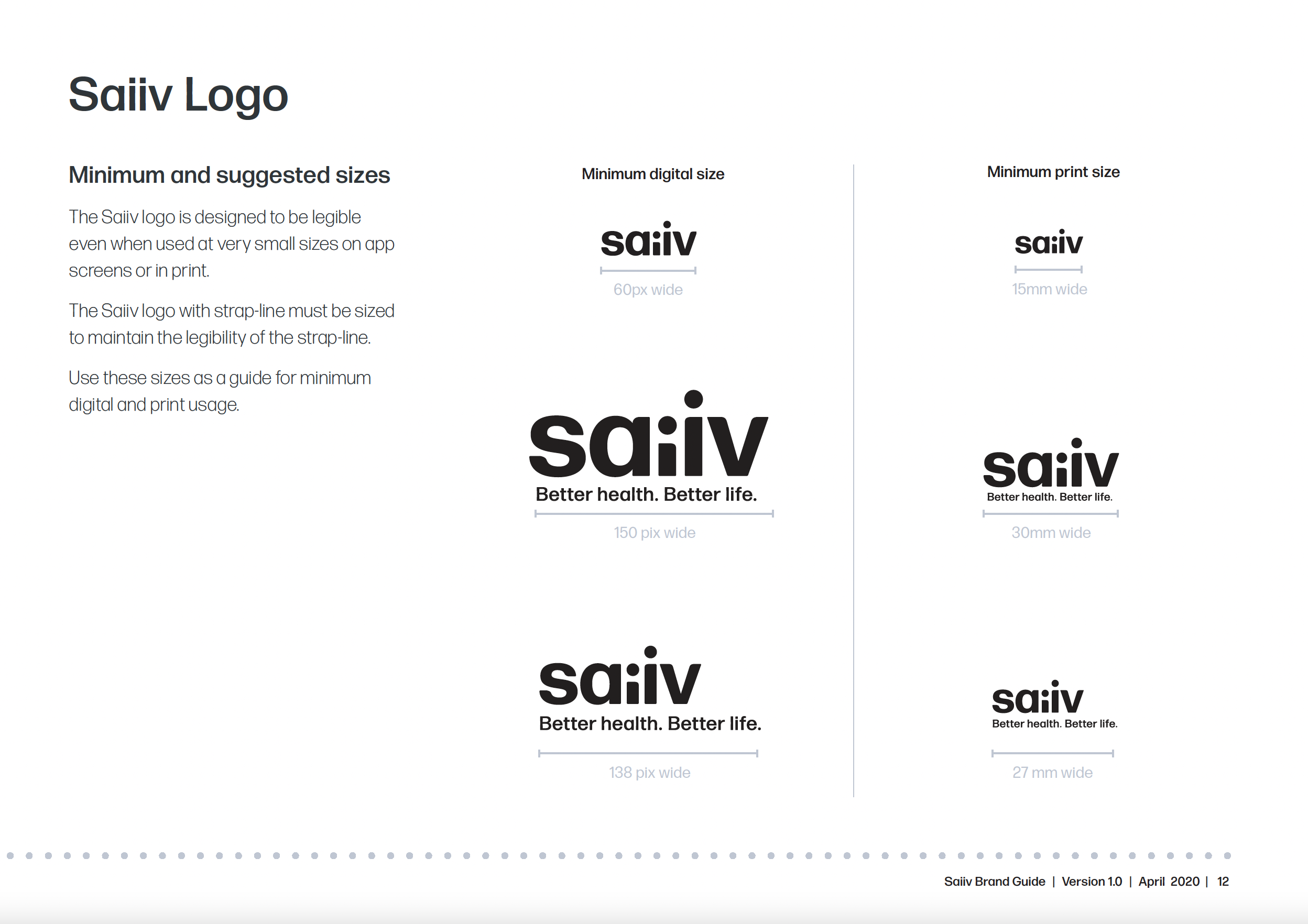
What Are Brand Identity Guidelines And Why Does Your Brand Need Them?
17 December 2021 · 4 min read

Chelcie Plowright
Managing Director & Brand Strategist
What Are Brand Identity Guidelines And Why Does Your Brand Need Them?
17 December 2021 · 4 min read
Why use brand identity guidelines?
Are you having trouble creating a company culture that merges different departments into a cohesive unit? The last thing you want is an itsy bitsy brand, where everyone interprets the visual identity their own way. Then you need to create a brand identity guideline that outlines how your company will be portrayed. They are used internally, externally and apply to small and big companies alike.
Brand identity guidelines help keep brands on track and will not leave customers confused about what your company is about. You can give the guidelines to suppliers, contractors and partners so they can also follow your brand identity. It will help the brand from “creeping away” over time as the company hires new employees and adds new products.
What’s in a brand guidelines document?
Most brand guidelines documents cover the same core aspects. This section explains the basics that every company should consider. However, don’t hesitate to add more elements that are important to your specific business.
Brand Foundations
The brand foundations are the macro-level direction of your company. This includes the story of how your company got started and what problem it is trying to solve. It is background information that many customers will be curious about.
However, the brand values and mission are what customers can relate to and why they choose you over the competition. It also provides an internal roadmap of how to portray your brand to the public.
Colour Palette
Brands that have easily recognizable colours can stand out. Your employees should understand what colours are used for all content types and products. The consistency gives all departments a blueprint that produces good alignment in terms of the end result. There should be a breakdown of CMYK, RGB and HEX.

Logo
The brand logo is arguably the one unique asset that employees and customers can use for identification. Don’t forget to create variations of the logo so the appropriate one can be used for the context.
Logos should be used on any physical and digital assets. It’s a great branding tool that customers expect to see when interacting with your brand.
How to use your tagline
Most brand taglines will be placed underneath your logo, but don’t limit your creativity. It also depends on the size of the tagline and the idea it shares. You can place the tagline on landing pages and social media assets to reinforce a message.
Typography
You may think that typography is an afterthought, but it is an important part of the brand identity guidelines. The typography you use should reflect the nature of the brand. For example, if you have a playful brand or technology focused one, then the typography should reflect that.

Patterns and visuals
Brand patterns and visuals should be strategically placed throughout social media assets, the website and physical marketing material. The visuals and patterns should match the tone of the brand. If you’re going for minimalism, then keep the colours bland. However, brands that want to portray a lot of energy might want to choose bright colours that evoke different emotions.
Image style
The brand imagery is a visual way of expressing what your company is all about. Customers will receive repeat exposure to the images through all digital and physical assets. The images should be consistent with your brand values and not confuse the customer. Also, the images should not be a wasted opportunity to showcase what emotions your products produce. Show off the product benefits by selecting a few carefully crafted pictures. They are effective on landing pages where capturing attention above the fold is important.
Brand collateral examples
Brand collateral is a mixture of items where your brand identity comes into effect. The possible options include:
· Stationery kit
· Promotional items
· Printed & digital brochures
· Printed & digital newsletters
· Catalogues
· Literature
· Websites
· Social media
This list is just a sample of where you can place your brand identity assets. You will find many more avenues based on your industry and new technological advancements.
Contact details of the brand custodians
It is important to have an open line of communication with the team that put the brand identity guidelines together. You can get clarity if there are questions or concerns that you need cleared up. Also, you can provide suggestions to add or improve existing brand identity guidelines that can then be used by other departments.
About the author
Connect with Chelcie PlowrightNewsletter
Sign up for latest news & updates